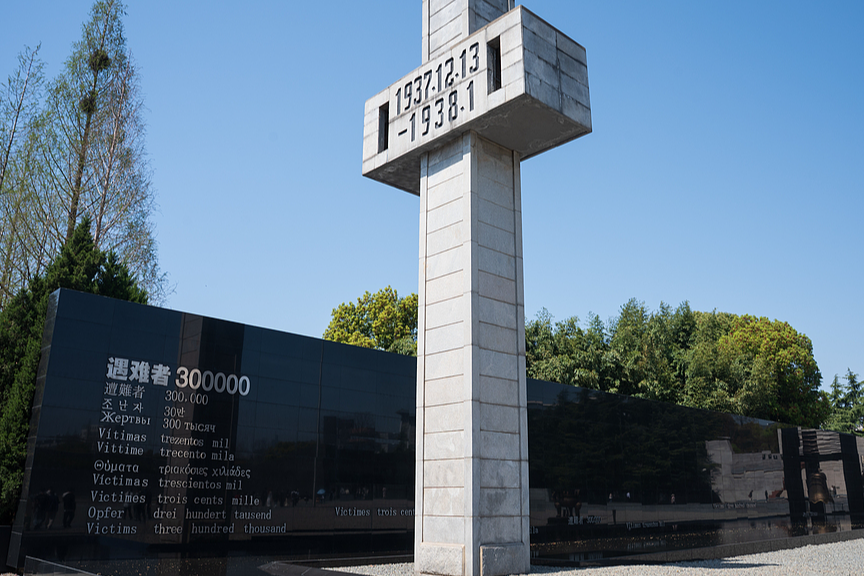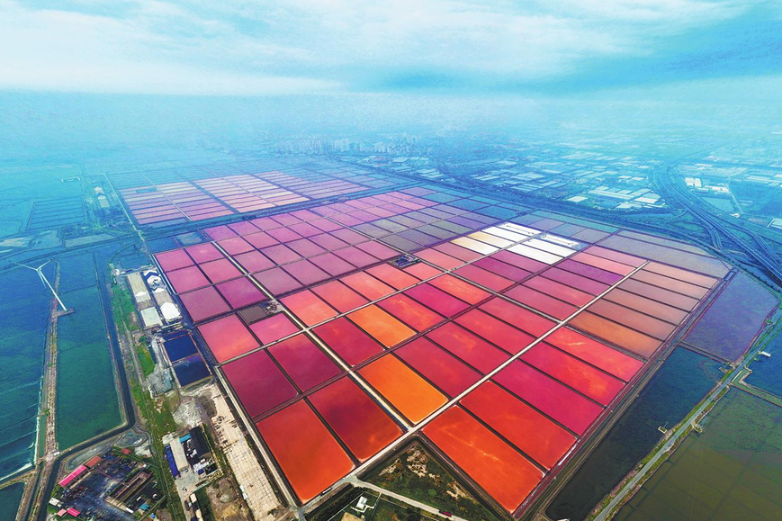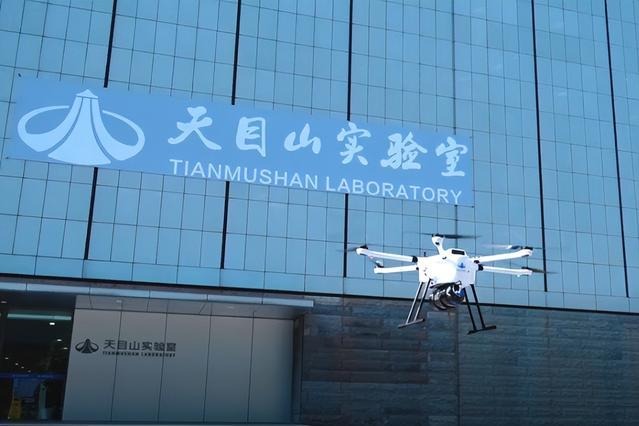Making a splash with watercolor

Sun Museum shines the spotlight on a relatively neglected branch of art by showing the works of some of HK's talented watercolorists. Meng Li reports.
Fifty-five paintings by 14 local artists are now on show at Sun Museum - a non-profit entity which has made its mission to promote local art traditions and artists. The current exhibition, titled "Tones of Festival: Modern Hong Kong Watercolour", focuses on an art medium not that widely known or appreciated except maybe by the connoisseurs.

According to Yeung Chun-tong, the director of Sun Museum and chief curator of the exhibition, Hong Kong's art world has traditionally favored works in ink over watercolor paintings. "As a result watercolor has limited appeal for young artists, and Hong Kong's art scene has not seen much diversity developing," said Yeung.
The tradition of watercolor paintings began in Europe during the Renaissance. The technique has been borrowed by Chinese artists since the beginning of 18th century. The tradition reached its peak in south China in the 19th century, primarily to meet a demand from the West for exotic, Oriental landscapes.
Compared with the early specimens of watercolor paintings produced in Hong Kong, present-day practitioners of the art attempt to add new elements to the genre to bring out the tremendous potential of the medium, giving the connoisseurs more reasons to love it. The diversity of the medium is beautifully exemplified in the works by the 14 painters on display at Sun Museum. For instance, Tse Lok-yau depicts night landscapes using watercolor pigments, which was rather rare in the works by his predecessors. His artistic sensibilities are totally different from Liu Cheng-mei's, who prefers abstraction to realism. The Beijing-born Liu's paintings are a result of the interaction between water and pigment. It looks as if she allowed different colors to flow freely, overlapping with each other to produce images that are mysteriously poetic.
A diverse range
Between themselves the participating artists span a wide age range. While 82-year-old Kong Kai-ming has more than 50 years of experience as an artist and art teacher behind him, Tse Lok-yau, the youngest of the lot, is still a university student.

Most of Kong's paintings are very generic Hong Kong landscapes: fishing villages, pools and streams in the New Territories, and bustling downtown streets. His paintings could be read as a documentation of the development and changes of his hometown in the past 50 years.
"I want to demonstrate the unique natural and urban views of Hong Kong," says Kong.
Recently Kong has been exploring the commonalities in painting and mathematics. The two fields, according to him, are informed by similar traits such as rationality, orderliness and value.
"Kong captures fleeting moments in nature through meticulous brushstrokes and veristic coloration," said Yeung, introducing Kong's watercolors at the media preview of the exhibition, likening Kong's art to photographic realism.
The paintings by Cheuk Hiu-kwong and Chan Cho-yan seem to follow the impressionist style. Cheuk's depiction of rain is reminiscent of some of the works by the British landscape painter William Turner. And Chan's palette of magical colors as well as his emphasis on the change of light at different times of the day carry an obvious echo of Alfred Sisley and Camille Pissarro. Chan's watercolors exude a sense of tranquility, conferring an idyllic beauty on busy and crowded places.
Both Mak Siu-fung and Tse Lok-yau prefer depicting street scenes. Mak, former chief photographer of the News and Information Division of TVB, has painted the vegetable and meat markets, roadside food vendors and traditional temples. Some of his works look like a collage of numerous images, as in a comic strip.
Tse has painted Hong Kong after sundown. Her passion for painting cityscapes at night results from her infatuation with science fiction movies. She says she has been a keen watcher of "the setting and atmosphere" in films like Avatar, some of which must have percolated into her own work. Night lends itself to mystery and imagination and hence has always been a source of artistic inspiration to her, she added.
Tse is a huge admirer of the 19th century French painter Claude Monet, famous for his innovations in the study of color and light. The vivid contrast of light and shadow in Tse's own works has obvious resonances of the paintings by her idol.
"Where there is light, there are stories," Tse said.
While most of the participating artists have found their themes in Hong Kong landscapes and the city's people, Wong Chun-man prefers painting the exotic lands he visits. Yeung feels Wong's technique exemplifies the characteristics typical of Hong Kong watercolors - an art genre that developed as a result of the interaction between Western and Eastern art.
"How to define Hong Kong artists?" This is a question curator Yeung frequently asks himself. The answer to that, he feels, lies not so much in the subjects Hong Kong artists choose to depict, rather in the techniques they use.
"The current show and other exhibitions organized by Sun Museum expect to provide a platform where Hong Kong artists are able to express their personalities and their own perceptions of arts and culture," Yeung said.
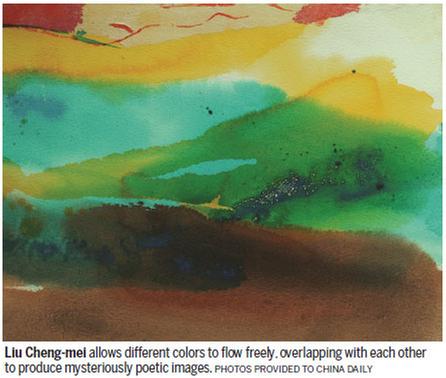
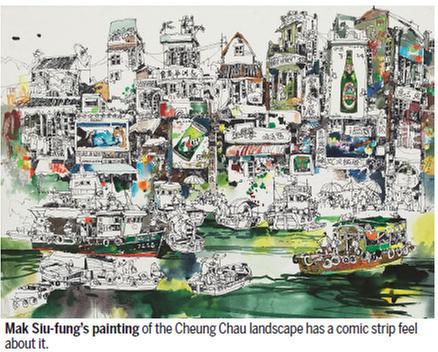
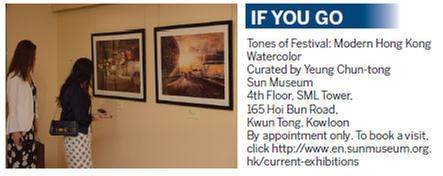
(HK Edition 07/28/2017 page14)
Today's Top News
- Xi sends congratulatory letter to forum dedicated to the International Year of Peace and Trust in Turkmenistan
- China to host 33rd APEC Economic Leaders' Meeting in Nov
- Strengthening domestic demand central to China's new five-year plan
- China's grain output tops 714 million tons in 2025
- China proposes theme, priorities for 2026 APEC 'China Year'
- Reforming consumption rules to fully unlock spending


















